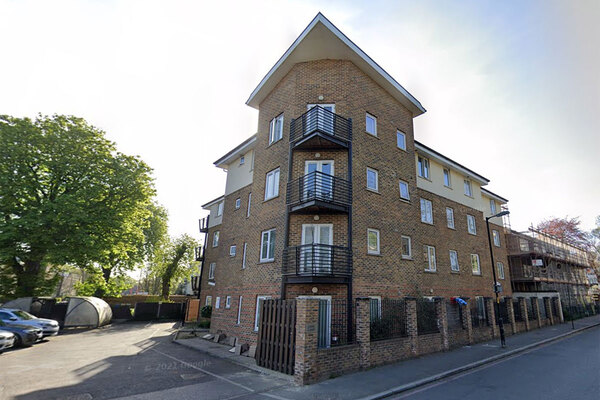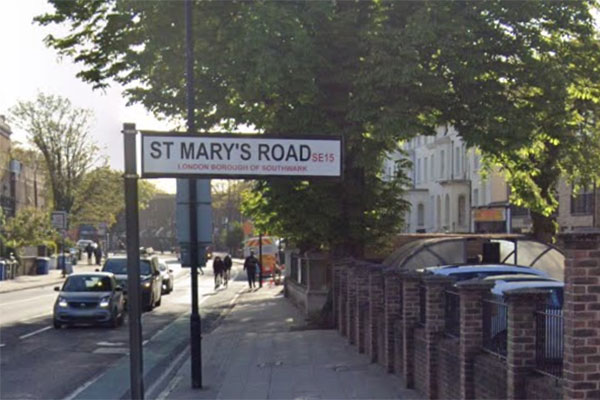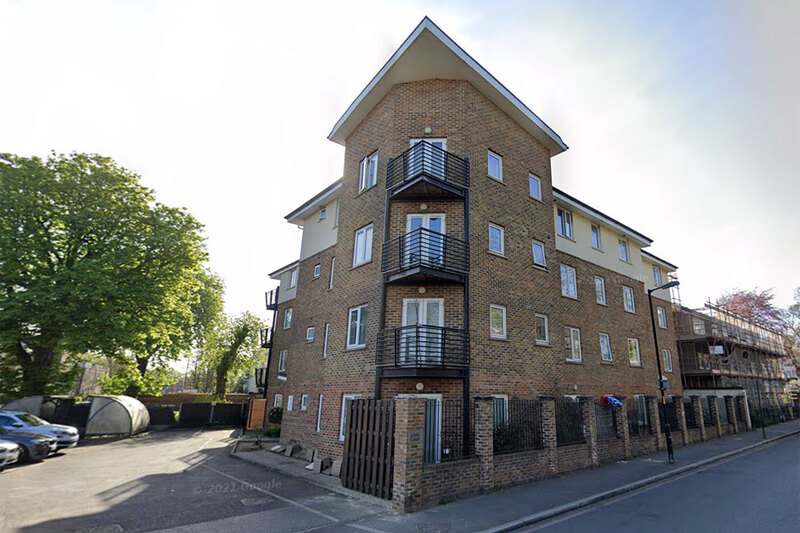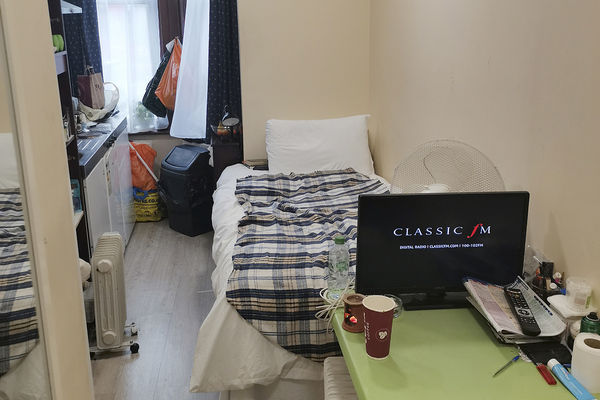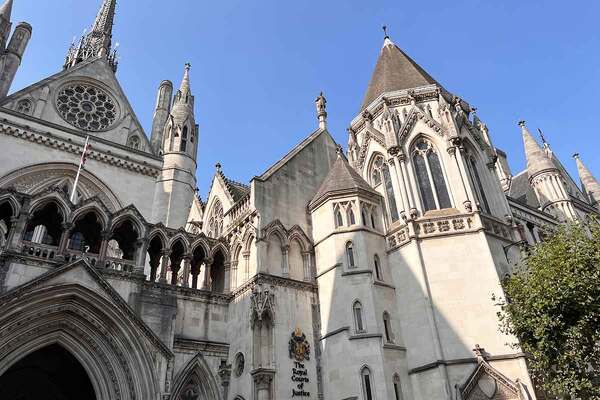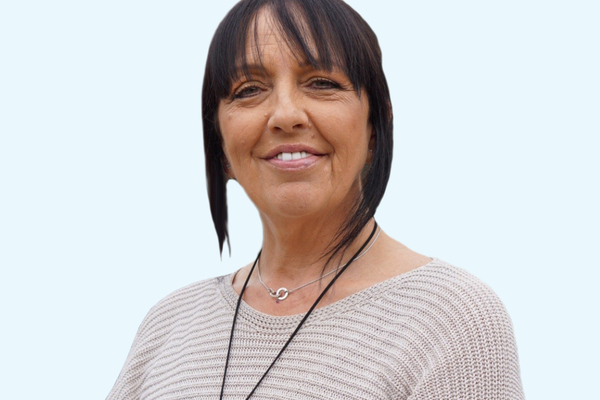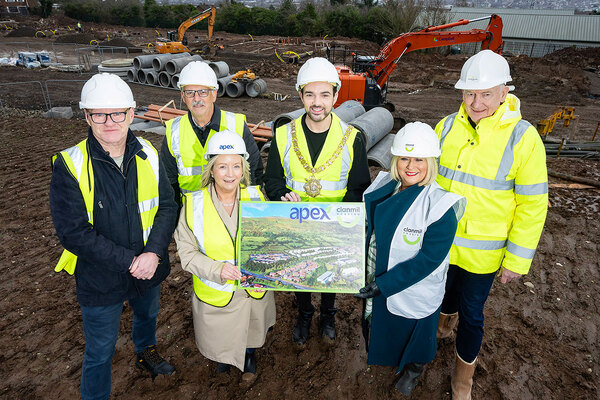You are viewing 1 of your 1 free articles
Large patch sizes at Peabody contributed to failure that allowed resident’s dead body to lie undiscovered for nearly two years
An investigation into the death of a Peabody resident whose decomposing body went undiscovered for nearly two years has found that large patch sizes for neighbourhood wardens and a silo-working culture led to “missed opportunities”.
The association commissioned the investigation by consultancy Altair after Sheila Seleoane was found in her housing association flat at Lords Court in Peckham, south London on 18 February, after the Metropolitan Police forced entry into her home.
The 61-year-old’s body was mostly “bones and dust” when discovered by police, who were called to the property to complete a welfare check.
Yesterday a coroner reached an open conclusion about the cause of death.
The investigation found that there were no failures of control and that the association’s policies and procedures were followed.
However, the association made 89 attempts to contact Ms Seleoane between August 2019, the last time she made a direct rent payment, and when she was found by police in February.
The investigation concluded that there were missed opportunities that may have allowed the discovery of the body earlier.
These arose from reports from neighbours about the smell and sightings of maggots and flies in the building, as well as the change in behaviour when Ms Seleoane’s rent payments stopped, and multiple failed attempts to contact her directly.
These incidents were all dealt with in isolation in a way that “did not put customers at the heart of the actions”, the report found.
It states: “Our observation is the customer got lost, culturally it appears the focus was on fulfilling the task rather than putting the customer first.”
An inquest at London Inner South Coroner’s Court on Thursday heard evidence to understand the circumstances surrounding Ms Seleoane’s death from between August 2019 and the day her body was discovered.
Patch sizes, workload for neighbourhood managers and workplace culture were a number of areas that coroner Julian Morris considered as part of the inquest into Ms Seleoane’s death.
Wells Chomutare, director of neighbourhoods at Peabody, explained the role of the teams that cover neighbourhood management, rent collection and maintenance.
The inquest heard how Ms Seleoane made her last direct rent payment in August 2019, which she liked to do by debit card. She had been a tenant with the landlord since February 2014.
The rent arrears did not immediately become a cause for concern, and the landlord’s rent arrears team subsequently made a successful application to have Ms Seleoane’s rent paid directly from her Universal Credit payment in March 2020.
This was after several unsuccessful attempts to contact her to discuss the arrears.
Her gas supply was subsequently cut off in June 2020 after attempts to enter the property for a safety check could not be made.
Housing associations have a legal obligation to complete the check under the Gas Safety (Installation and Use) Regulations 1998.
Mr Chomutare was pressed on how common it was to cut off a resident’s gas supply. He explained that it was not common but that it does happen to protect the safety of the resident or the security of the building, and that residents might ask if they are struggling with the cost of living crisis.
Despite the gas being cut off and the rent arrears, he said this “did not raise alarm bells”.
He admitted that the teams did not communicate with each other, and that neighbourhood managers were not provided with all of the information.
Mr Chomutare added: “At this point I don’t think we were able to paint the larger picture.”
But the coroner said he did not consider this to have had any effect on Ms Seleoane’s clinical status and/or could have saved her life.
Mr Chomutare also explained that neighbourhood managers can manage up to 1,200 homes and are expected to make calls to each building every three months.
The landlord’s investigation recommends that patch sizes are reviewed after it conducted a roundtable discussion with other sector leaders which found that participants had patch sizes of between 200 and 800 homes.
A visibly emotional Ashling Fox, deputy chief executive at Peabody, went through a number of the 37 recommendations made across seven work areas as part of the landlord’s investigation.
She said: “It’s clear that while processes were followed, they were followed in silo and that there were opportunities where the dots could have been joined up sooner and an alarm could have been raised more quickly.”
Among the recommendations are commitments to reduce the amount of homes neighbourhood managers cover under a new “locality model”.
It calls for a better use of data to highlight where there may be problems and organisational change that includes frontline staff being more “professionally curious”.
Ms Fox said the learnings are being taken into the new organisation that will come out of Peabody’s merger with Catalyst, which is due to be completed in April 2023.
The inquest also heard how police attended the property twice in October 2020 after being contacted by a resident in the building and staff at the association.
Following the visit, an officer in the police control room told Peabody staff in a follow-up call that Ms Seleoane was “safe and well”.
This prompted the association’s staff to close the case into her welfare.
The inquest heard that the controller would have been disciplined for this mistake had they not already left the force in 2021.
Detective sergeant Scott Fisher gave evidence via video link. He attended the property on the day Ms Seleoane was discovered.
He described the third-floor, one-bedroom property as “spacious, tidy and well kept”.
He found Ms Seleoane’s skeletal remains lying in the doorway close to the threshold of the property, in what he said looked like blue and white pyjamas, and in the recovery position on her left-hand side.
Mr Fisher’s opinion was that the death was not suspicious as there were no signs of forced entry despite the balcony door being open, and her body showed no signs of blunt force trauma.
He said he thought the body had been undiscovered since August 2019, as this was the month her prescription medication came to an end. He also found a receipt in her handbag and food in the fridge dated in the same month.
WhatsApp messages from a group chat between residents in Lords Court, shared with Inside Housing in February, show them openly discussing the possibility that their neighbour was dead as far back as July 2020.
Residents had reported the smell of death, but officers, who said they were familiar with the smell, said it was not present.
Mr Fisher confirmed previous reports that officers had attended the property twice in October 2020, but neither felt they had grounds to force entry at that time.
Detective chief inspector Amanda Mawhinney undertook a review into the actions of the two officers.
Her evidence was that their actions did not meet the threshold for a referral to the Independent Police Complaints Commission (IPCC) as their actions did not cause death or serious injury but were referred to a local standards unit.
Ms Mawhinney said that the officers’ reports did not contain the level of detail required for completing a welfare check.
It was this lack of detail that created confusion around the checks, which ultimately led to an operator in the police control room mistakenly telling Peabody staff that Ms Seleoane was “safe and well”.
Ms Seleoane’s general practitioner (GP) gave evidence that Ms Seleoane was last spoken to via telephone on the afternoon of 14 August 2019 and was wheezing and out of breath, but had no other symptoms or history of asthma.
Ms Seleoane had also been visiting the gastroenterology clinic at University Hospital Lewisham and had previously been diagnosed with Crohn’s disease and inflammatory bowel disease, for which she had been receiving treatment.
The GP said she was not being seen by any other community or mental health services.
Coroner Mr Morris said in his conclusion that it is “difficult to fathom” how someone could go undiscovered in this way in 2022.
He confirmed that the pathologist was unable to provide a cause of death, and given the evidence heard, he gave an open conclusion.
This is given, Mr Morris explained, when “on the balance of probability” there is not enough evidence to reach a decision.
A post-mortem report from March 2022 described Ms Seleoane’s body as being in “an advanced stage of decomposition” so it was not possible to examine her internal organs, as her body was mostly “bones and dust”.
Therefore the medical cause of death was unascertained.
As a result, Mr Morris said that no prevention of further death report was needed in respect of the police or the association.
Sign up for our daily newsletter
Already have an account? Click here to manage your newsletters
